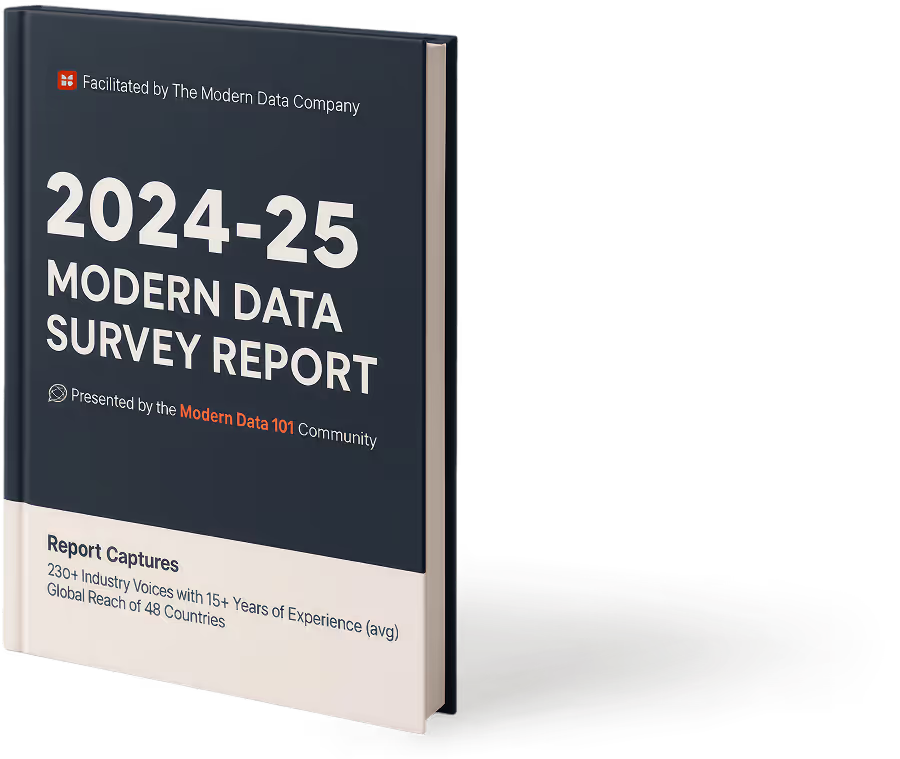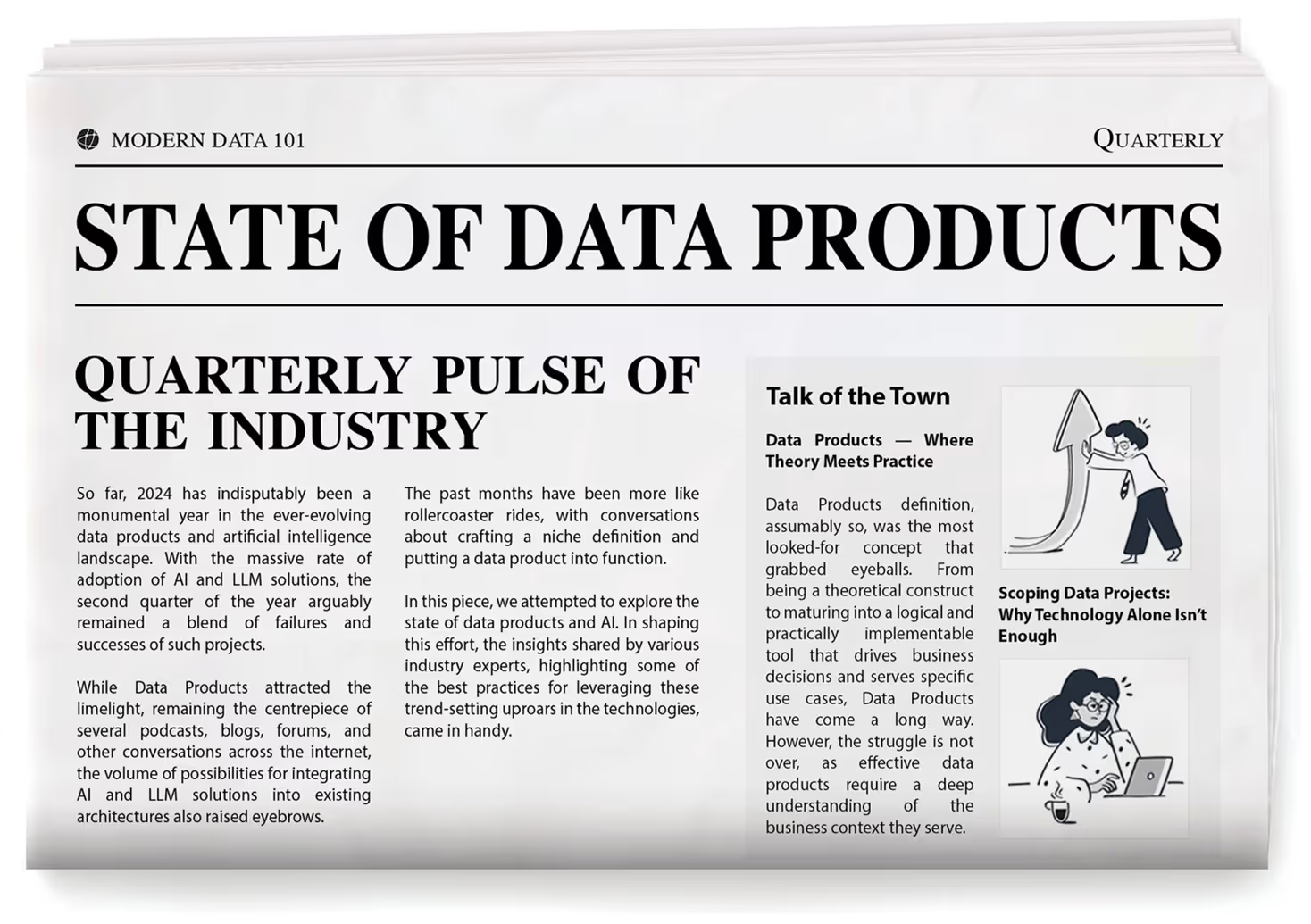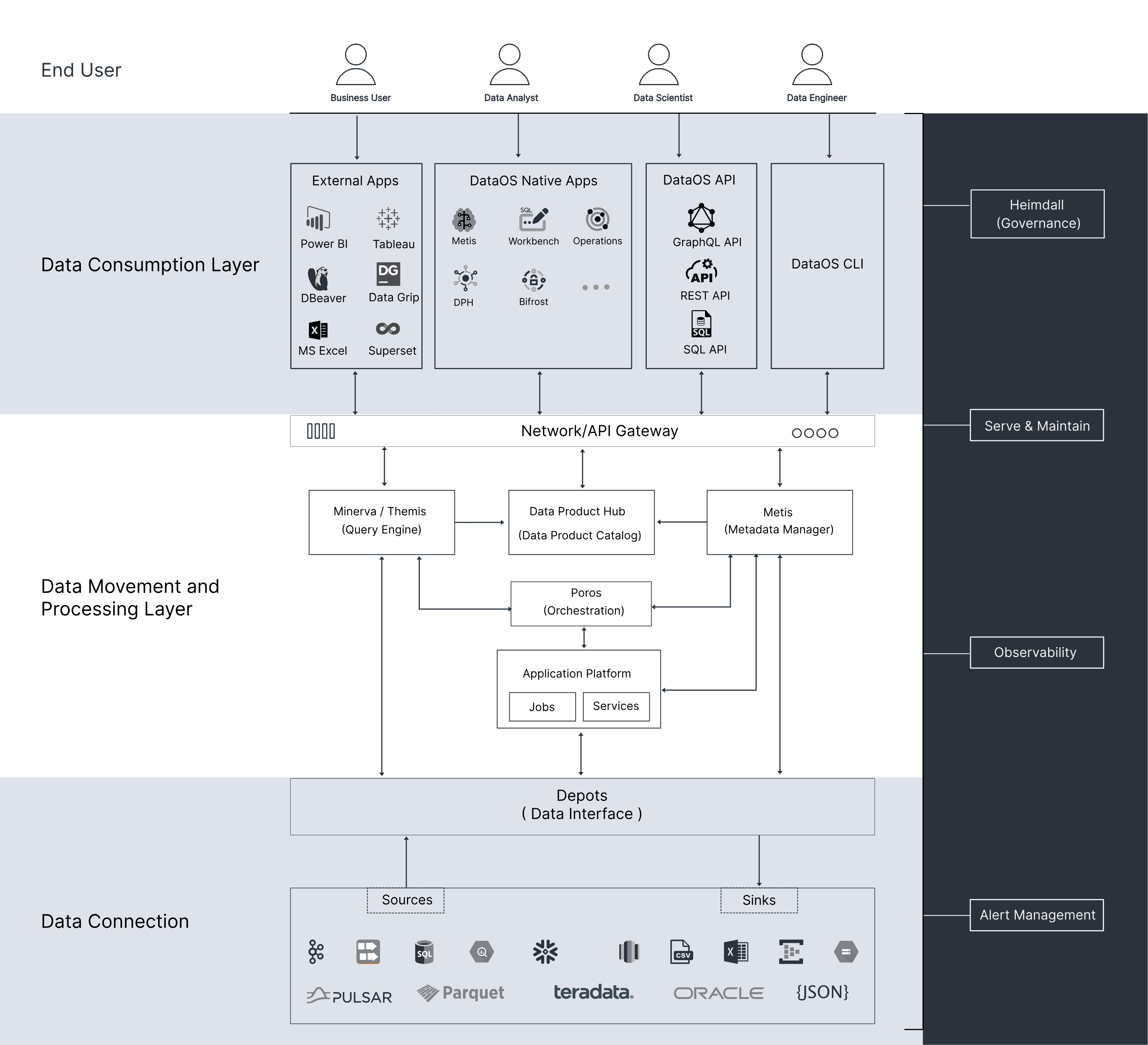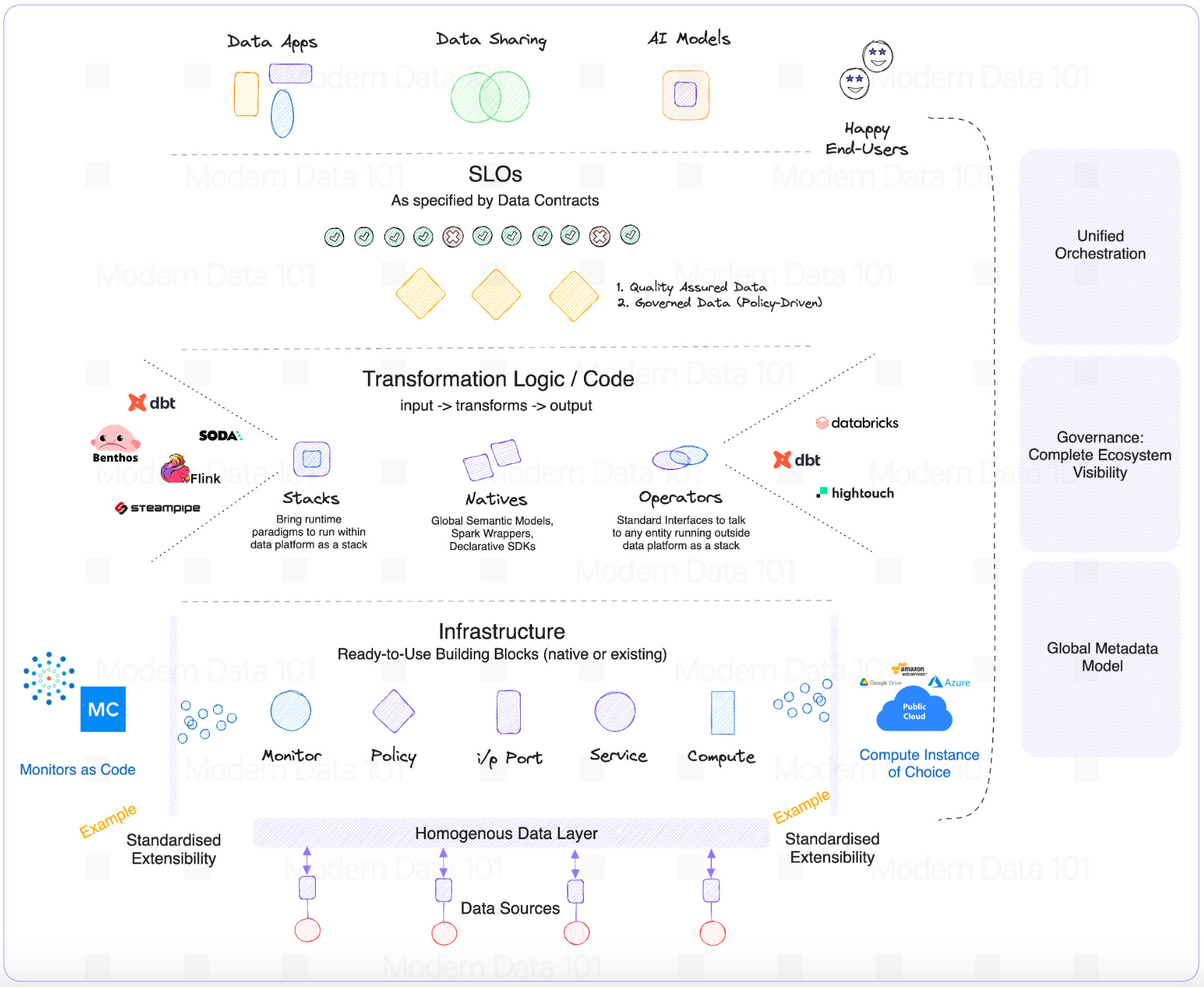
TL;DR
Introduction: AI Governance is Now a Mandatory Business Activity
AI governance is a business accelerator today. As enterprises race to embed AI into customer support, creative workflows, and decision-making engines, the pace of adoption has outstripped traditional oversight. The result? A growing risk surface that includes algorithmic bias, hallucinated outputs, black box decisions, and even IP violations, all capable of triggering legal, ethical, and reputational fallout.
Governments are responding with stricter guardrails. The EU AI Act, among other evolving regulations, is pushing organisations to go beyond surface-level compliance. Consent management, audit trails, and risk classification are now non-negotiables. To stay ahead, enterprises must treat AI governance not as a checkbox, but as a core discipline—one that unifies data, model, and product oversight under a single, scalable framework.
Done right, AI governance becomes a force multiplier. It helps organisations deploy responsibly at speed, builds long-term public trust, and ensures innovation doesn’t come at the cost of control.
Key Concepts in AI Governance
Effective AI governance is based on a crucial set of operational pillars ensuring that AI systems stay safe, aligned with enterprise values, and are always transparent. While security remains an important element responsible for protecting data, models, and outputs from breaches, the scope of governance is much wider.
A few other important elements include the following:
.avif)
Accountability
Assigning clear ownership for risk assessment, model behaviour, and lifecycle management. Someone needs to be answerable not just when things go right, but especially when they don’t.
Transparency
Ensuring AI decisions are auditable, explainable, and traceable. Like black boxes in aviation, transparency helps reconstruct and understand outcomes when something goes off course.
Privacy
Guarding personal and sensitive information through consent management, anonymisation, and data minimisation, preventing “data leakage” both literally and figuratively.
Bias Mitigation
Actively identifying and correcting harmful patterns that could potentially lead to unfair or discriminatory outcomes. Left unchecked, bias can quietly corrode trust and credibility at scale.
Compliance
Adhering to evolving regulatory frameworks like the EU AI Act and integrating those standards into operational workflows beyond the annual audits.
Ethical Alignment
Evaluating whether AI outcomes reflect your organisational values and broader societal norms. Governance is more about staying principled.
Working together, these principles ensure that AI systems can be scaled and trusted responsibly, driving innovation without any compromise on integrity.
Best AI Governance Practices in 2025
Given below are some of the best AI governance practices that you need to have a look at, in 2025.
1. Set Clear Ownership and Accountability
One of the most important practices in AI governance in 2025 is setting up clear ownership across the entire AI lifecycle. Also, as AI solutions become embedded in business processes, driving recommendation engines to automated decision-making, there’s room for the need to define accountability among teams for their performance, behaviour, as well as compliance.
This starts with the assignment of AI product owners in domain-specific teams that are aligned with the principles of data product thinking. With a clearly-defined RACI Matrix (Responsible, Accountable, Consulted, Informed) through crucial activities such as model development, testing, and deployment, they ensure that no part of the lifecycle is left unaccounted for.
Cross-functional governance councils, bringing together compliance, legal, engineering, and product, hold the key to ensuring this accountability. At the same time, AI systems need to be monitored properly, not just for performance, but also for responsible usage to create a strong foundation for trustworthy and scalable AI.
2. Governance by Design (Embedding Policies into Development Workflows)
As far as 2025 is concerned, AI governance is shifting to governance by design from just reactive gatekeeping. This is a proactive approach where safety, ethics, and compliance get directly embedded into the development lifecycle. It is a welcome shift from manual review steps, which slow down innovation, and enables organisations to adopt automation and tooling for making governance effective, but invisible.
It is the integration of policy-as-code frameworks into the AI infrastructure, where these policies automatically validate model behaviour, enforce data provenance rules, and ensure that bias detection thresholds are met, all within MLOps workflows. For instance, different explainability validations or bias checks can be easily triggered once they are a part of CI/CD pipelines, and models failing these checks get blocked from being deployed.
Teams can also utilise pre-built templates and scaffolds to enforce responsible AI principles, which range from documentation standards to model card needs for ensuring consistency across the entire AI initiative scenario. When governance is built into the architecture, it enables enterprises to ensure trust at scale, so that there is a balance between accountability and innovation.
3. Ensuring Model Transparency and Explainability
AI governance relies a lot on trust and transparency, more so when there are complex domains at play, such as finance, healthcare, as well as recruitment. In the case of model explainability, this is not a luxury, but a mandatory requirement. Yes, black-box models may offer better performance, but if there is no visibility into the decision-making process, it can lead to user distrust, regulatory non-compliance, and damage to reputation.
Effective governance frameworks embed transparency across the entire board, from development to deployment, with tools such as model cards for the purpose of documenting important characteristics, intended use cases, and limitations of each model.
Keeping in mind the broader scheme of things as an enterprise AI strategy, there is a need to balance transparency with performance. This means that models need to not just perform well from the accuracy perspective but also need to be interpretable enough to meet user trust and compliance thresholds.
4. Prioritise Monitoring, Continuous Auditing, and Drift Detection
At a time when production-grade AI has become the new normal, governance still continues, even after deployment. It won’t be wrong to say that true governance begins post-deployment. Monitoring on a consistent basis is essential to make sure that the models stay steady while also keeping things fair, accountable, and reliable.
Drift detection in real-time proves to be integral in catching any performance degradation for model projections, input allocations, or other correlations in time before they can alter or impact business outcomes.
Robust AI governance frameworks these days include automated systems to track metadata and telemetry to discover shifts in performance, model behaviour, or any bias that may be created within the system. Such indicators form the foundation of an efficient AI observability layer, one that’s tightly combined with operational alerts and health dashboards.
5. Alignment of AI Governance with Compliance Goals and Organisational Risks
For scaling AI responsibly, governance needs to be tuned with risk management that works across the enterprise, privacy obligations, as well as various compliance frameworks. It’s safe to say that organisations in 2025 will be expected to adhere to stringent global standards such as NIST AI RMF and ISO 42001, focused on formalising AI practices.
It entails creating governance models that can integrate AI oversight into enterprise risk strategies. Truly effective frameworks embed consent management, data governance, as well as access control within each data lifecycle stage. It ensures that data always remains ethical and lawful.
When enterprises treat data not as a burden for compliance, but as a strategic driver, it not only leads to reduced risk but also boosts the adoption of trustworthy AI in the enterprise.
Governance at Scale with Data Developer Platform
When scaling up governance capabilities is concerned, consistency across tools, platforms, and teams becomes a little challenging, even with all the best practices taken into, well, practice!
This is where a DDP, or a Data Developer Platform, plays a key role in enabling governance right from a foundational level. Simply put, a DDP strips away the complexity usually associated with data platform governance, offering automation capabilities, APIs, as well as reusable templates to ensure that each data product adheres to a set of predefined governance standards.

Related reads
Governance for AI Agents with Data Developer Platforms
Conclusion: From Reactive Guardrails to Enabling Scalable AI
The relevance and role of AI governance is evolving rapidly. Once considered as reactive guardrails, it is now playing the role of a strategic driver for ensuring innovation and trust. When governance is embedded into workflows and platforms. and not just policy documentation, enterprises can scale their AI capabilities with confidence.
This is the mindset that will define the future of enterprise AI. Designing AI systems with embedded governance right from the start can be a great approach to go with, one where AI becomes capable of delivering long-term business value.
Join the Global Community of 10K+ Data Product Leaders, Practitioners, and Customers!
Connect with a global community of data experts to share and learn about data products, data platforms, and all things modern data! Subscribe to moderndata101.com for a host of other resources on Data Product management and more!
.avif)
A few highlights from ModernData101.com
📒 A Customisable Copy of the Data Product Playbook ↗️
🎬 Tune in to the Weekly Newsletter from Industry Experts ↗️
♼ Quarterly State of Data Products ↗️
🗞️ A Dedicated Feed for All Things Data ↗️
📖 End-to-End Modules with Actionable Insights ↗️
*Managed by the team at Modern



Author Connect 🖋️

Simran Singh Arora

Simran is a content marketing & SEO specialist.
Simran is a content marketing & SEO specialist.

More about
5 Best Practices for AI Governance in 2025
Checkout our

Community resources
and

Related articles
























